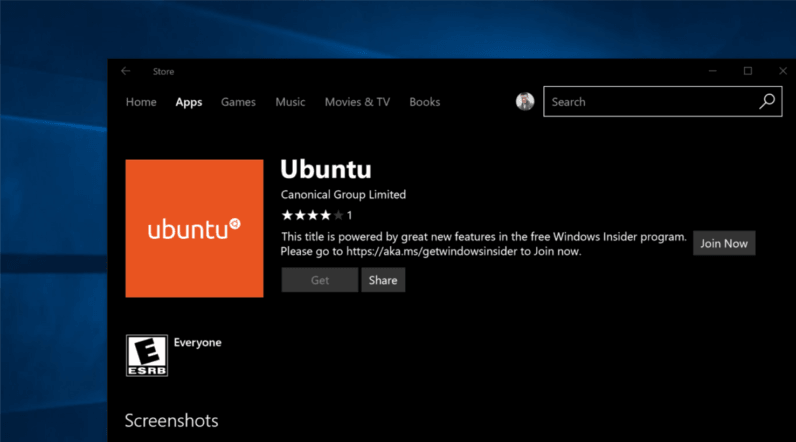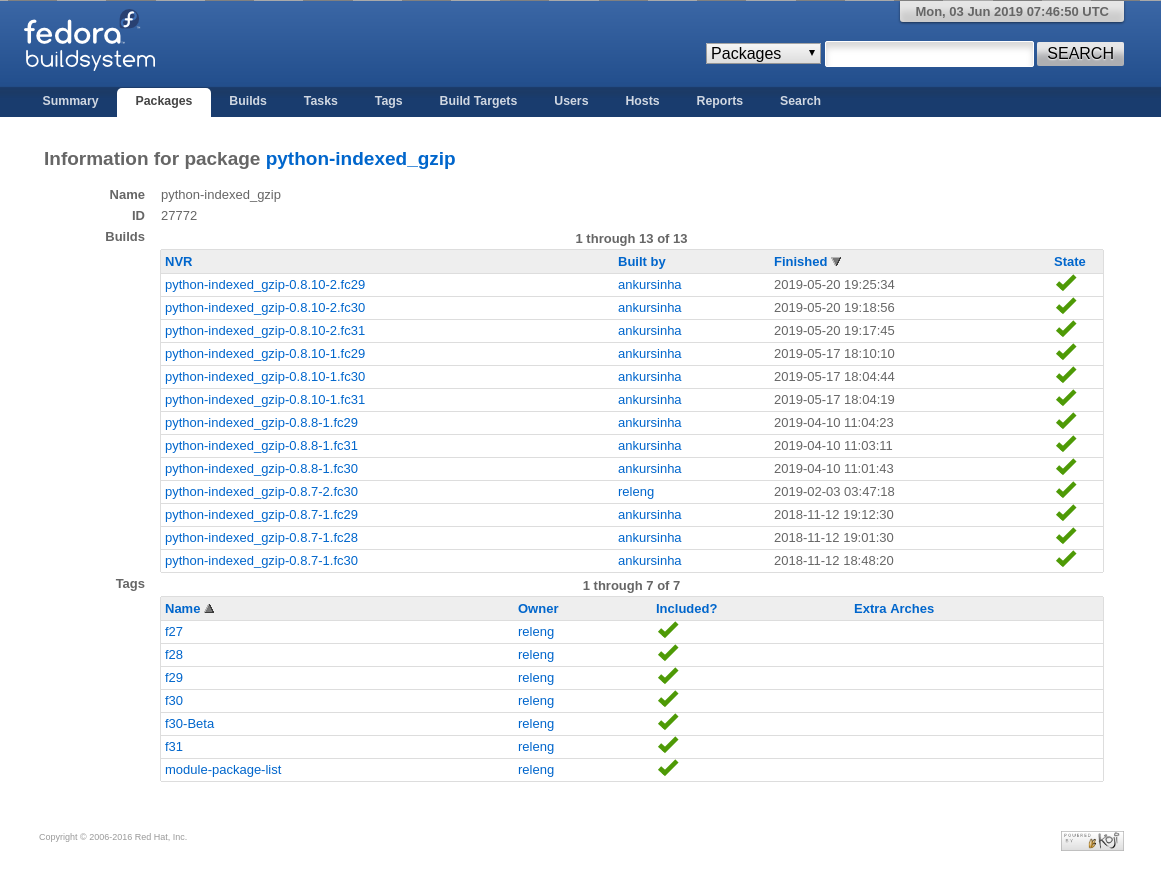Ubuntu 18.04 Hardening Exercises

When you first create a new Ubuntu 18.04 server, there are a few configuration steps that you should take early on as part of the basic setup. This will increase the security and usability of your server and will give you a solid foundation for subsequent actions. Note: The guide below demonstrates.
TL;DRIn this post, we explore the adoption of Linux hardening schemes across five popular distributions by examining their out-of-the-box properties. For each distribution, we analyzed its default kernel configuration, downloaded all its packages, and analyzed the hardening schemes of their enclosed binaries.
Our dataset includes the OpenSUSE 12.4, Debian 9, CentOS and RHEL 6.10 & 7 distributions, as well as the Ubuntu 14.04, 12.04, and 18.04 LTS distributions. Our findings confirm that even basic hardening schemes, such as stack canaries and position independent code, are not fully adopted. The situation is even worse when it comes to other compiler protections like stack clash hardening, which recently came into the spotlight due to last month’s. However, not all is hopeless. A good portion of shipped binaries have basic mitigations in place, and the numbers have improved from version to version. Our experiments indicate that Ubuntu 18.04 shows the largest adoption of OS and application-level mitigations, followed by Debian 9. On the other hand, OpenSUSE 12.4, CentOS 7 and RHEL 7 also deploy common hardening schemes, and show wider adoption stack-clash mitigations while shipping a much more tight-knit set of packages by default.

IntroductionShipping quality software is hard. Despite the vast numbers of sophisticated static and dynamic analysis toolchains, and the significant compiler and programming language developments of the past years, modern software is still plagued with vulnerabilities that are constantly exploited by attackers for profit. The situation is even worse when it comes to complex and rapidly changing software ecosystems that involve legacy code. In such cases, not only are we faced with the everlasting problem of finding possibly exploitable bugs, but we also are constrained by the hard limits of backwards-compatibility, which often dictate that we are stuck with a piece of code that is known to have limitations, or even worse, be vulnerable or buggy.This is where hardening techniques come into play. Since we cannot prevent certain types of bugs, we might as well make the attacker’s life harder, and work around the problem by preventing or hindering the exploitation of these bugs.
Such software hardening defenses are currently deployed in all modern operating systems, however vary greatly in complexity, effectiveness an overhead: from stack canaries and to full-fledged and defenses, hardening schemes are not all designed, implemented, or used equally. In this blog post, we will take a deep look into the adoption of such defenses by the most popular Linux distributions, examining their default kernel configurations as well as the properties of the binaries distributed through the package management systems of each distribution.CVEs vs SecurityWe all have seen articles bearing titles such as “most vulnerable applications of the year” or “most vulnerable operating systems”. Usually, these articles present statistics on, aggregated from sources like ’s and subsequently rank the compared applications or OSes based on the numbers of CVEs that have been published. Unfortunately, although very useful for keeping track of issues and informing vendors and users alike, CVEs alone about the underlying security properties of software.To make this clearer, let us examine the total number of CVEs over the past four years for the Linux Kernel, as well as for five of the most popular server-oriented Linux distributions, namely Ubuntu, Debian, Red Hat Enterprise Linux, and OpenSUSE.Figure 1What do we learn from the graph above? Is the number of CVEs per distribution indicative of the fact that one distribution might be more vulnerable than another? The answer is no.

For instance, as you will see in this post, empirical evidence suggests that Debian has more hardening mechanisms in place compared to say, OpenSUSE or RedHat Linux, and yet it has the most CVEs. However, these CVEs do not necessarily denote weakened security: even in the presence of a CVE, it is not directly obvious if a vulnerability is exploitable. Severity score assignments do provide an indication of how likely a vulnerability is to be exploited but, at the end of the day, exploitability depends largely on the defenses present in the affected systems, as well as on attackers’ resources and capabilities. Moreover, the absence of CVE reports does not tell us anything about other unreported or unknown vulnerabilities that may be lurking, and differences in numbers may exist not because of differences in software quality but due to other factors, including the resources allocated to testing or the size of the user base. For our Debian example, the higher number of CVEs may simply indicate that Debian ships more software packages.That said, it goes without saying that the CVE enumeration system provides us with useful information that enables us to build appropriate defenses: the better we understand how software fails, the more likely we are to pinpoint the possible ways attackers might exploit it, and design the appropriate detection and response mechanisms to defend against them. To this end, let us examine, in Figure 2, the categories (in aggregate, across all distributions) for the CVEs of Figure 1 (sourced from ) over the last 4 years.
Ubuntu 18.04 Hardening Exercises For Kids
It is immediately obvious that the majority of the CVEs reported over the past years fall into the following categories : Denial of Service (DoS), Code Execution, Overflow, Memory Corruption, Information Exfiltration, and Privilege Escalation. Although many of the CVEs are counted multiple times across various categories, we notice that overall, the same core problems persist year-to-year. In the following of this post, we will evaluate the adoption of different hardening schemes that are deployed by mainstream Linux distributions to prevent exploitation of the above vulnerabilities.Figure 2 GoalsWith this survey, we set out to answer the following questions:. What are the security properties of different Linux distributions? What hardening defenses are in place when it comes to the kernel, and for user-space applications?. How has the adoption of hardening mechanisms changed over time for different distributions?. What are the average package and library dependencies for each distribution?.
Ubuntu 18.04 Hardening Exercises Pdf
What hardening defenses are in place for each binary?Distribution SelectionIt turns out that finding accurate statistics on adoption and deployment of different distributions is not trivial, since in most cases the number of downloads is not indicative of the number of real deployments. That said, UNIX variants represent the majority when it comes to server/infrastructure deployments, with Linux variants having a continuously growing market share. Thus for our study, we focused on the different Linux distributions that are available out-of-the box in. Figure 4We notice that for almost all distributions, 60% of the packages have at least 10 dependencies. Moreover, we notice that a few packages have large numbers of dependencies ( 100). The same applies to the reverse dependencies of a package: as expected, there are few packages which are used by many packages across the distribution, and therefore vulnerabilities in those select few are of high risk.